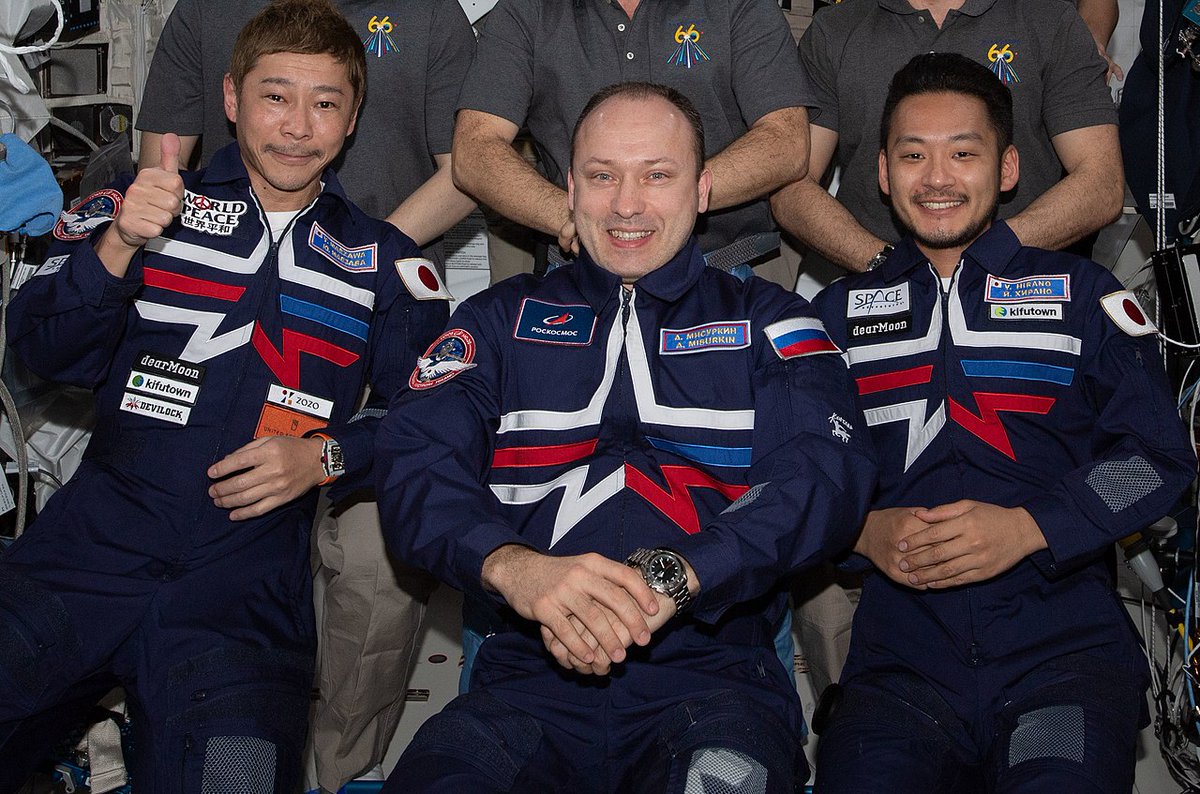
1/2. Despite the fact that in the current circumstances the #VeneraD mission is rather dead than alive, the scientists from the Space Research Institute continue to work on this project. They developed a new landing profile which includes a gravity assist maneuver to increase… 

2/2 … the possible landing site area. Using this maneuver, the spacecraft will enter the Venusian orbit 224 days after the first approach, but it will allow to drop the lander almost everywhere, not only in the equatorial area as the Soviet Venera missions did. 

I strongly recommend to read the full article, it’s very interesting: gazeta.ru/science/2022/0…. I will add the summary later if I have time.
• • •
Missing some Tweet in this thread? You can try to
force a refresh
















